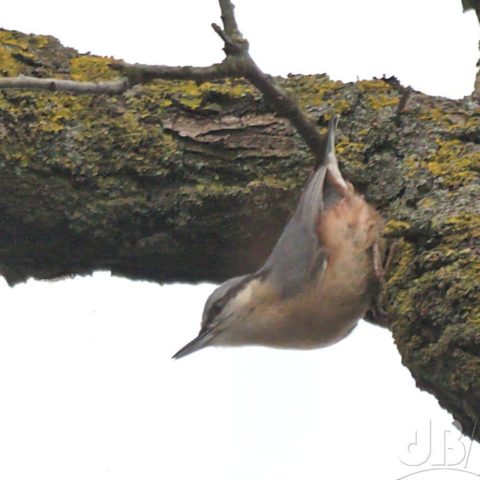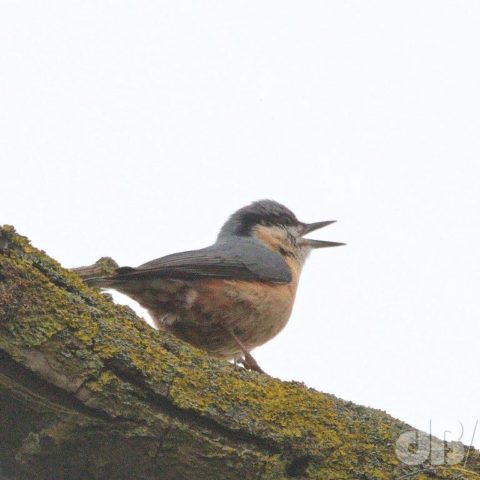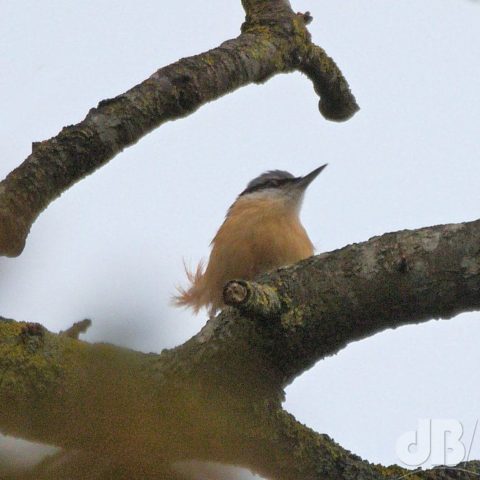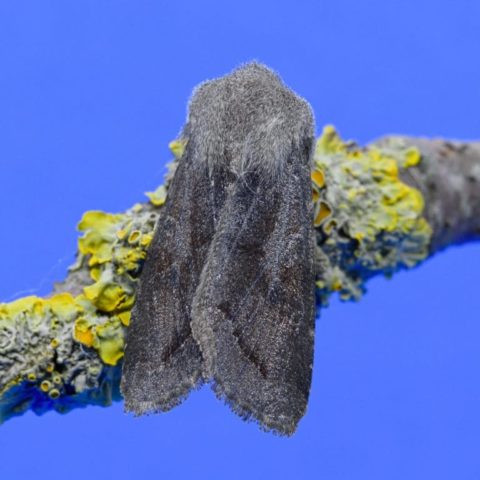If you were hoping to read an article with the top five ways to go viral on Instagram, then I’m sorry to disappoint you, but I don’t have any tips. I’ve been using Insta since not long after it launched, but have fewer than 600 followers (as of the time of writing) and have posted only about 2000 photos, most recently of birds, moths, and occasional mammals and moonshots.
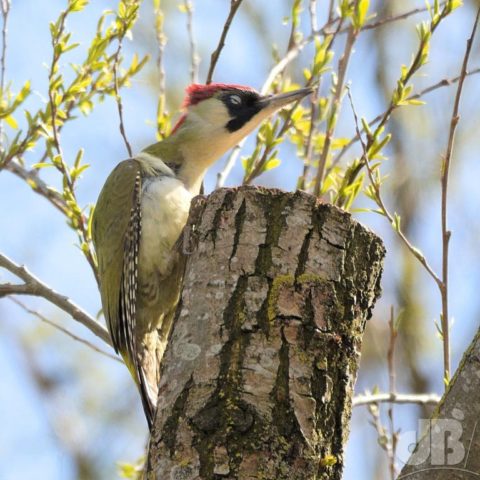
A lot of the people who follow me are people I knew in the real world or via other earlier social media encounters. The follower number has crept up but ever so slowly over the years. Most of my photos get a few dozen likes. Occasionally, something will suddenly get a traffic spike and reach 100 likes. w00t (not!)
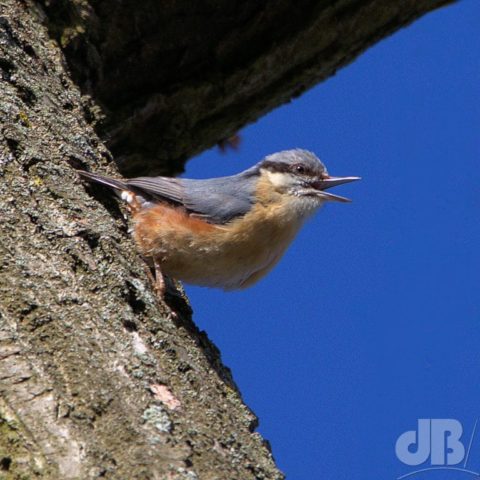
I use hashtags to try and draw the crowds although they don’t seem to make much difference. Indeed, recently, posting from a desktop PC has seen my comment and hashtags failing to upload and the photo has, nevertheless, reached the giddy heights of 100 or so likes. So, I really don’t have a winning formula.
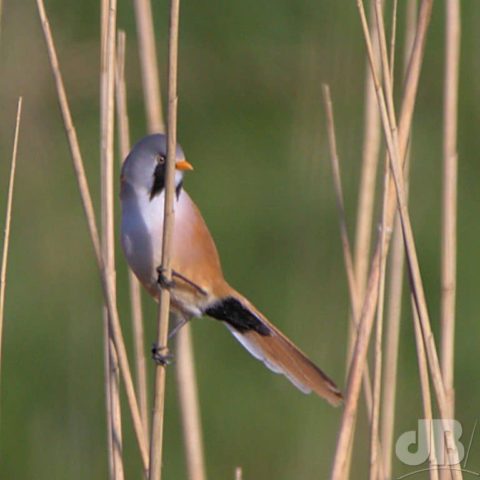
At the weekend, I got wind of a Nuthatch that had turned up down the road, at All Saints’ Church, Cottenham, not a ten-minute walk from here (maybe 15). It is the first time one has been seen in the village, at least within living/birding memory. It was a dull, grey morning when it was first spotted and I got some dull, grey photos. It is a lovely little bird, almost like a miniature kingfisher, but pecking around treetops rather than darting along rivers and streams. It has pretty but pastel, pale colouration.
The Nuthatch is not a particularly rare bird. There are 220,000 breeding territories across the British Isles, although they’re quite localised and like I say, these is a first in modern times for Cottenham, as far as I know. I recorded it singing and also went back on the sunny Sunday morning to get a better shot.
I think I succeeded in getting a clearer, more detailed shot of the bird and I posted it with hashtags on Instagram, Twitter, Facebook, and on this very blog (obvs). The insta tags I used were the same ones I usually use but with the addition of #nuthatch:
#birds #aves #featheredfriends #birdoftheday #instabird #birdsofig #birdies #nature #RSPB #Fenland #England #countryside #beautiful #feathers #nuthatch
I anticipated the usual small, but perfectly formed, collection of likes from friends and contacts. And, they did indeed arrive for which I am always grateful, it’s nice to be appreciated and all that. But, having seen the first few dozen I was surprised to check back much later in the day to see that the numbers had gone up a lot…almost 400 by late afternoon and at the time of writing on a day later, there have been well over 800 likes for this one photo.
Like I say, it’s a special bird, it’s the first Nuthatch in Cottenham in birding memory, the incomer could herald colonisation and the species may ultimately become an everyday sight in the village. But, a first for a small village doesn’t explain why so many people from all over the world have liked this fairly mundane bird photo of mine. I’m really intrigued to know what sparked such interest especially given that the subsequent bird photos (an amusing one of a Green Woodpecker and one of a Bearded Tit) didn’t achieve quite the same virality…
